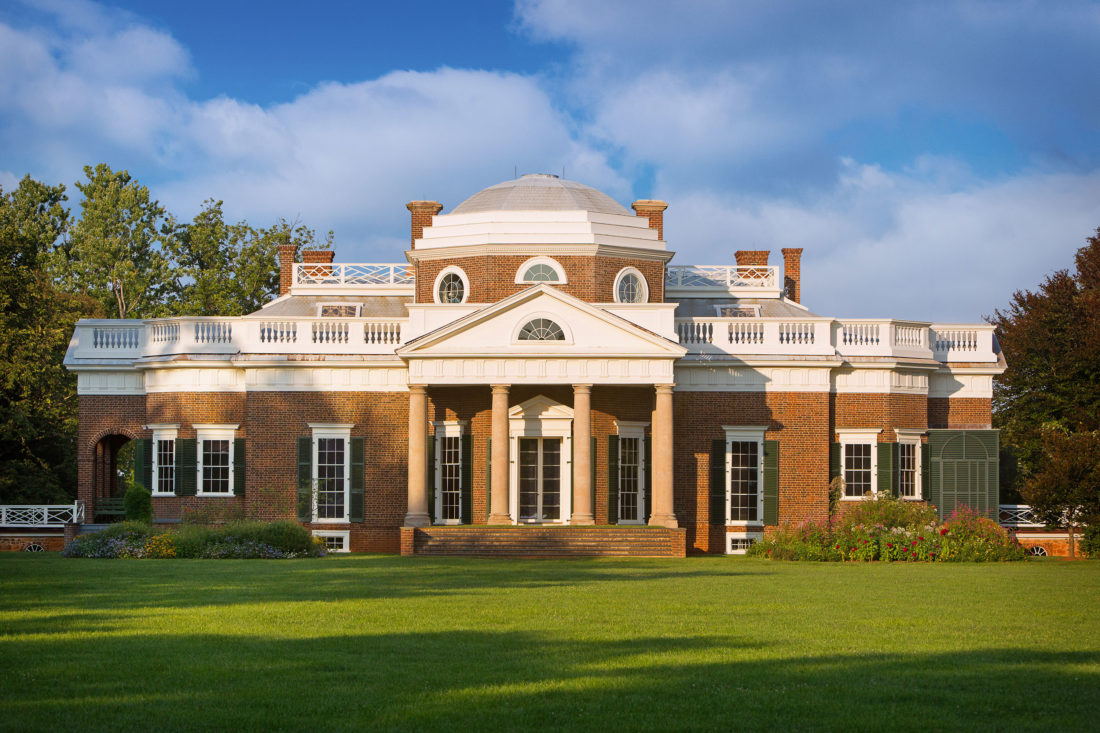Friday, 28 September 2018
Wednesday, 26 September 2018
Industrial Revolution through Arts
Sebastian Pether (1820). This is an oil painting of a view of Manchester from Kersal Moor by artist Sebastian Pether. Kersal Moor is an area of moorland in Salford. This shows a pre industrial view before the skyline was filled with mills and chimneys. http://www.gmmg.org.uk/our-connected-history/item/view-from-kersal-moor/ [Accessed July 23, 2018]
William Wyld's (1852). Queen Victoria had first seen William Wyld's work in 1843 in the collection of her aunt Louise, Queen of the Belgians, when choosing some of these watercolours for her own collection, and Queen Louise subsequently ordered more works from Wyld to send to Victoria. The artist was invited to stay at Balmoral in September and October 1852. The Queen had visited Liverpool on 9 October 1851 and Manchester over the following two days, and commissioned a watercolour of each of the cities from Wyld soon after. Manchester was then the world's greatest producer of cotton textiles and, with Salford, had grown rapidly to a conurbation of almost 400,000 inhabitants by mid-century. The overcrowding and slum conditions of the workers' housing were a severe social problem, and the Queen noted in her Journal: 'The mechanics and work-people, dressed in their best, were ranged along the streets in their button-holes; both in Salford and Manchester, a very intelligent, but painfully unhealthy-looking population they all were, men as well as women'. Wyld's view of the city is however overtly romantic. The smoking chimneys serve only to accentuate the golden light of the setting sun, as in a painting by Claude, and the rustics and goats in the foreground are similarly reminiscent of the views of Italy produced in great numbers by the English watercolourists of the previous half-century. https://www.royalcollection.org.uk/collection/920223/manchester-from-kersal-moor [Accessed July 23, 2018]
'The Progress of Steam - A View in Regent Park 1831, 1828. Humorous futuristic colour illustration by Henry Thomas. Science Museum Group Collection© The Board of Trustees of the Science Museum. Colour print (reproduction). The Progress of Steam. Allen's Illustration of Modern Prophecy. A View in Regent Park, 1831. (Original print published by S and J Fuller at their Sporting Gallery, 34 Rathbone Place, London. 1828/02/20).
Science Museum Group. The Progress of Steam. 1979-8212. Science Museum Group. The Progress of Steam. 1979-8212. Science Museum Group Collection Online. https://collection.sciencemuseum.org.uk/objects/co421078 [Accessed July 23, 2018]
Friday, 21 September 2018
Wednesday, 19 September 2018
Virtual Field Trip
Virtual field trips allow teachers to take students beyond the classroom walls without actually moving. They give teachers and students the possibility of visiting places around the world and learning about other cultures through videoconferences.
Visit Jefferson's Monticello
Learning Objectives
- Learn about Thomas Jefferson's ideas that helped shaped a nation
- Learn about Monticello as an architectural icon
- Find out about Monticello as a plantation that was supported by enslaved labor
Activity Description
Monticello was the home of Thomas Jefferson, the author of the Declaration of Independence and 3rdpresident of the United States of America. The revolutionary ideas of this man of the Enlightenment were instrumental in the creation of the United States. His home in Charlottesville, Virginia, is an architectural icon, with its neoclassical design drafted by Jefferson himself. But Monticello was also a working plantation, and the home to hundreds of enslaved people. The Founding Father who wrote “all men are created equal” was also a lifelong slave owner. Using images, props, and Google Streetview, a Monticello educator will introduce students to Thomas Jefferson’s world.
If you want to book a place to visit Monticello with your students, or any other field trip visit this site.
Friday, 14 September 2018
I Wandered Lonely as a Cloud by William Wordsworth
I Wandered Lonely as a Cloud
By William Wordsworth
I wandered lonely as a cloud
That floats on high o'er vales and hills,
When all at once I saw a crowd,
A host, of golden daffodils;
Beside the lake, beneath the trees,
Fluttering and dancing in the breeze.
Continuous as the stars that shine
And twinkle on the milky way,
They stretched in never-ending line
Along the margin of a bay:
Ten thousand saw I at a glance,
Tossing their heads in sprightly dance.
The waves beside them danced; but they
Out-did the sparkling waves in glee:
A poet could not but be gay,
In such a jocund company:
I gazed—and gazed—but little thought
What wealth the show to me had brought:
For oft, when on my couch I lie
In vacant or in pensive mood,
They flash upon that inward eye
Which is the bliss of solitude;
And then my heart with pleasure fills,
And dances with the daffodils.
Wednesday, 12 September 2018
Tuesday, 4 September 2018
Subscribe to:
Comments (Atom)








